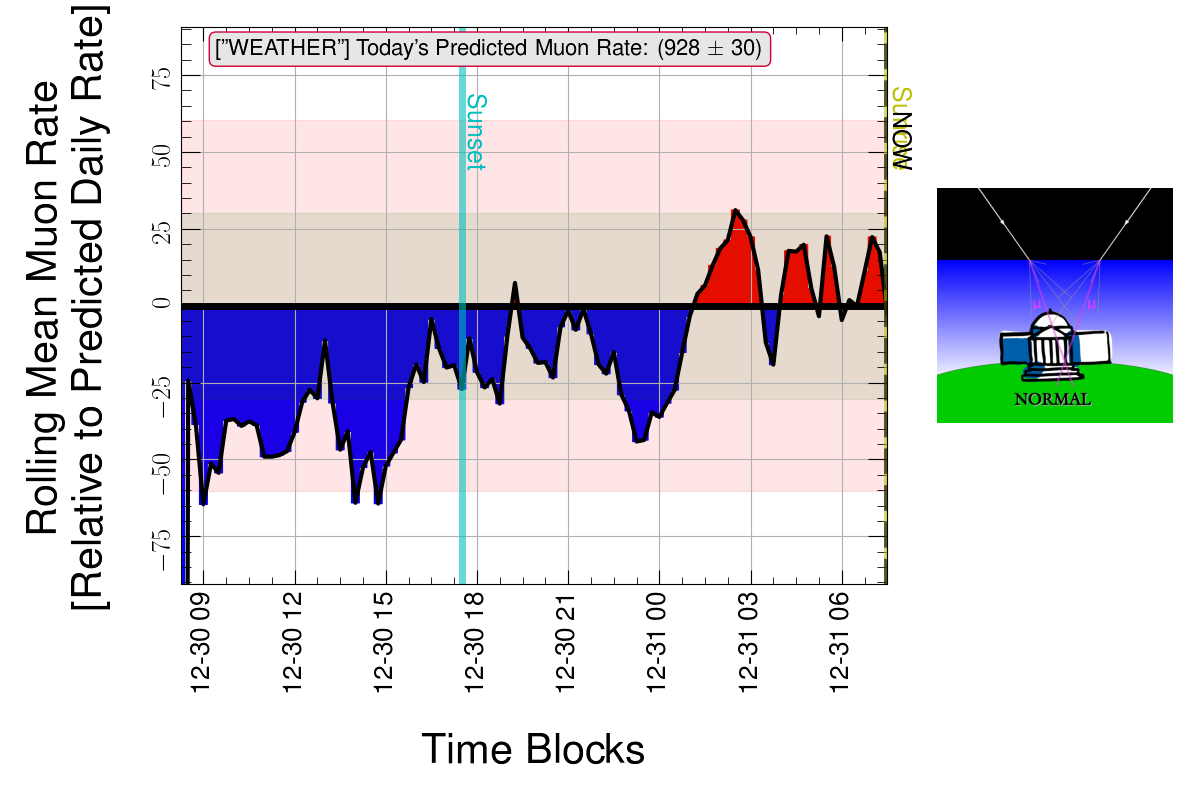This weekend my wife and I drove down to the Monterey area for two reasons. The first was a delayed celebration of our wedding anniversary; I was traveling for my seminar tour during the actual anniversary. The second was so that she could run the Big Sur half-marathon, and I could run a 5K the day before. The 5K didn’t work out – I injured my ankle several months ago and I still can’t run more than a mile, maybe two, before it starts to hurt like hell. Jodi, however, went full force into the half-marathon and made it in just over 2 hours, which was the median time for her starting corral.
I had time to kill while she ran today, so I curled up with a good book (“Big Bang”, by Simon Singh) and a cappucino. I also got to thinking, as my mind drifted from the book, to the amazing fact that a human body can sustain the running motion for two straight hours, covering just over 13 miles. Some runners did it MUCH faster, some MUCH slower. Still, the ability to store energy, sustain exertion, cool, and absorb shock is just incredible. One of the things that many physicists do in college is teach a course like “physics for poets” or “the physics of music”. I think it might be fun to learn some sports physics, and teach a class on the subject.
All that has to be saved for a time when I have time to think more about these things. Right now, I just want to get back to SLAC so I can think about my own research and help wrap up a few projects that are almost ballistic on their way to conferences in the next few months.


